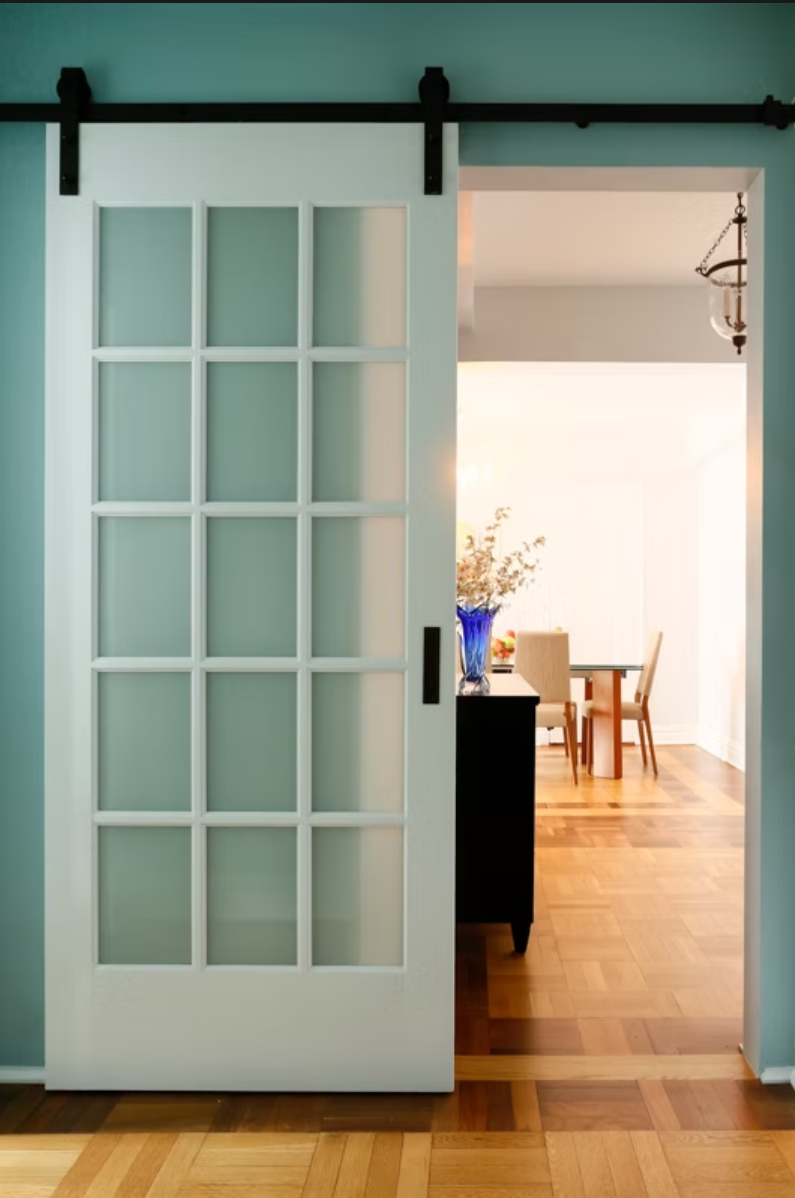The "How To" for: Universal Design & Living in Place
- Julie Schuster

- Mar 29, 2018
- 3 min read

The National Kitchen and Bath Association (NKBA) Manhattan Chapter is a group comprised of kitchen, bath, and interior design experts as well as manufacturer reps, contractors, and fabricators interested in both advancing and sharing their industry knowledge.
Earlier this month I had the pleasure of speaking at an NKBA Manhattan event presented by the Living In Place Institute at the Cosentino City Manhattan Showroom on 58th Street in New York City. Fellow presenters included colleagues Maria Stapperfenne, John O’Meara, and Dawn DeLuca with panel discussions moderated by “Living in Place” Co-Founder Louie Delaware.
Presentations focused on answering three fundamental questions:
What is “Universal Design”?
The 7 Principles of Universal Design were developed in 1997 by a working group of architects, product designers, engineers, and environmental design researchers, led by the late Ronald Mace at North Carolina State:
1. Equitable Use
2. Flexibility in Use
3. Simple and Intuitive Use
4. Perceptible Information
5. Tolerance for Error
6. Low Physical Effort
7. Size and Space for Approach and Use
From these founding principles, Universal Design has evolved to mean “the design and composition of an environment so that it can be accessed, understood, and used to the greatest extent possible by all people regardless of their age, size, ability, or disability.”
What is “Living In Place Design”?
Living in Place Design embraces Universal Design Principles without a limited-market approach. Certified Living In Place Professionals (CLIPP) are united by their passion for blending the best principles of Aging In Place, accessibility, and Universal Design to make ALL HOMES accessible, comfortable, and safer for EVERYONE. This new methodology recognizes the responsibility of all industry professionals (not just interior designers) to network and develop business strategies for understanding common and unique issues and creating conventional business approaches of providing design and product solutions in every home.
Why are these Principles Important to Business?
It’s a well-understood business principle that a limited market focus results in limited business. If an environment is accessible, usable, convenient, and a delight to use, everyone benefits – it also broadens the market focus – which increases likelihood of clients. By considering the diverse needs and abilities of all throughout the design process, Universal and Living In Place Design creates products, services, and spaces that meet peoples’ needs.
Simply put, Universal and Living In Place Design is good design. And good design is needed every day by everyone!

CONSULTATION PACKAGES
Julie and her team have a passion for creating beautiful, engaging and functional spaces, focusing on both the physical as well as the emotional well being of your environment. Click on the links below for package details:
Whether it is directing the flow of chi through the arrangement of furnishings, design or colors; Julie and her team can help you to create the spaces that support your vision of a balanced life, rich in the areas that matter to you.
A well designed environment boosts employee's performance, promotes efficiency & creates a comforting space for incoming clients.
There is no second chance to make a first impression. When the time comes to sell your home, look to ease the transition by helping your home to make that fabulous first impression.
Universal Design is the concept of creating a thoughtful space for all people, regardless of their age, size or ability. Universal Design is a perfect design solution to pursue because of the comprehensive features that endure throughout a life span.








Comments